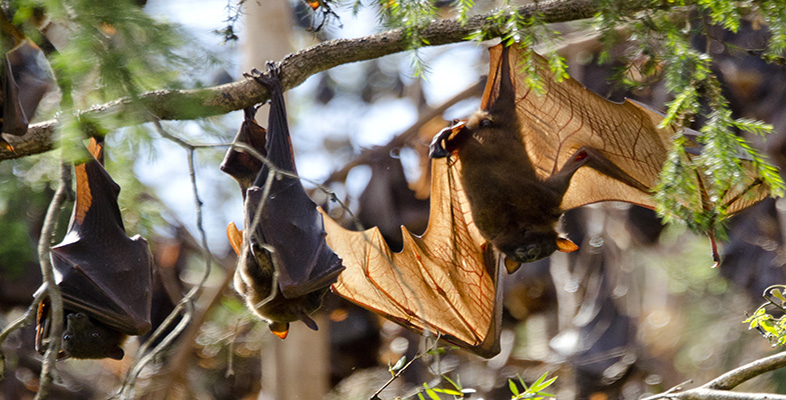3.3 Moles
In this section, you will meet one of the ways in which scientists are very precise about the way that they use ordinary words. Spot the difference between 'The golden mole evolved webbed hind feet so that it can shovel sand backwards as it moves forwards' and 'The golden mole evolved webbed hind feet and it uses them to shovel sand backwards as it moves forwards'. Why should such a subtle difference matter?
Activity 3
Watch the sequence on the golden mole from the TV programme (07.14-08.56) and jot down notes about the animal's main features, and how they link to searching for insect prey. In up to 100 words, describe which of the golden mole's features can be regarded as adaptations for burrowing in sand.
Discussion
The head is wedge-shaped, covered with thick leathery skin, and used to push through the sand. The eyes are tiny and covered with furry skin. Ear openings are covered with fur, protecting sense organs from sharp sand grains. The front legs end in flipper-like claws, used for swimming through the sand. The golden mole's hindlimbs are webbed, used for shovelling sand backwards as the animal moves forwards. (It seems appropriate that a swimmer should have webbed feet!)
The golden mole bears a strong resemblance to the marsupial mole, which lives in desert country in Australia. The marsupial mole 'swims' through sand in much the same way and feeds on insects and earthworms. The head is wedge-shaped and covered with a tough horny shield. The eyes and ears are very small. The front limbs end in two large flipper-like claws (shown clearly in LoM p. 25), which closely resemble those of the golden mole.
Like the golden mole, the marsupial mole has webbed hind feet, which are used to shovel away sand during 'swimming'. But marsupial and placental mammals are taxonomically very distinct. As I've mentioned in Section 1, the 'branch point' in the evolutionary tree - where these two groups separated from a common ancestor - was probably more than 90 million years ago.
These features of the golden mole and the marsupial mole are examples of convergent evolution, in which similar adaptations have evolved in two distinct and distantly related groups. Convergence is regarded as strong evidence that particular features are adaptations for a particular way of life. The similarities of the front feet of the two types of mole provide strong evidence of convergence, an impression reinforced by the fact that the forelimbs are not identical in every regard. Both animals have very short front limbs, with huge flattened claws, but in the marsupial mole, these are formed by fusion of the third and fourth digits, while in the golden mole they are the fused second and third digits.
